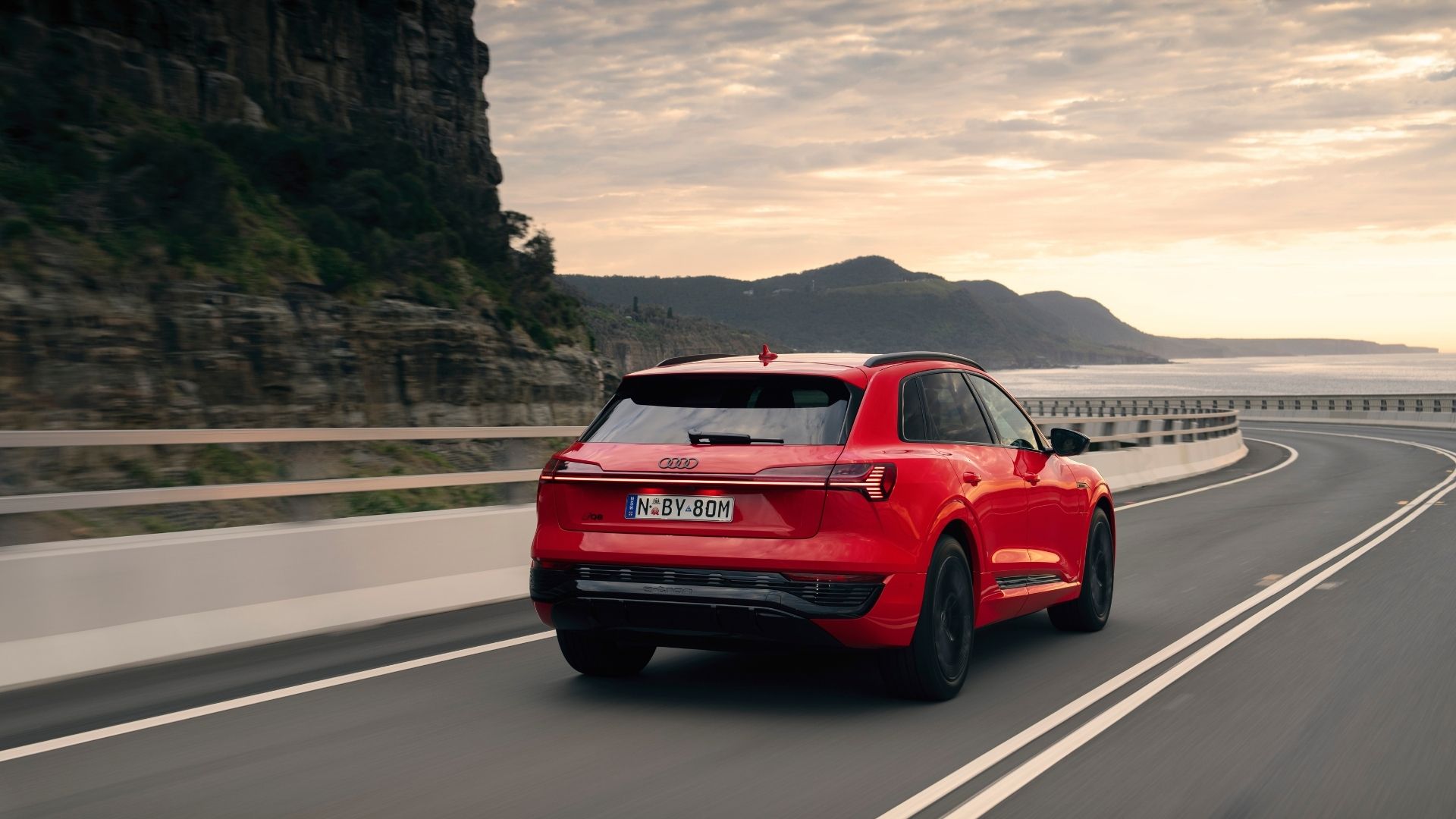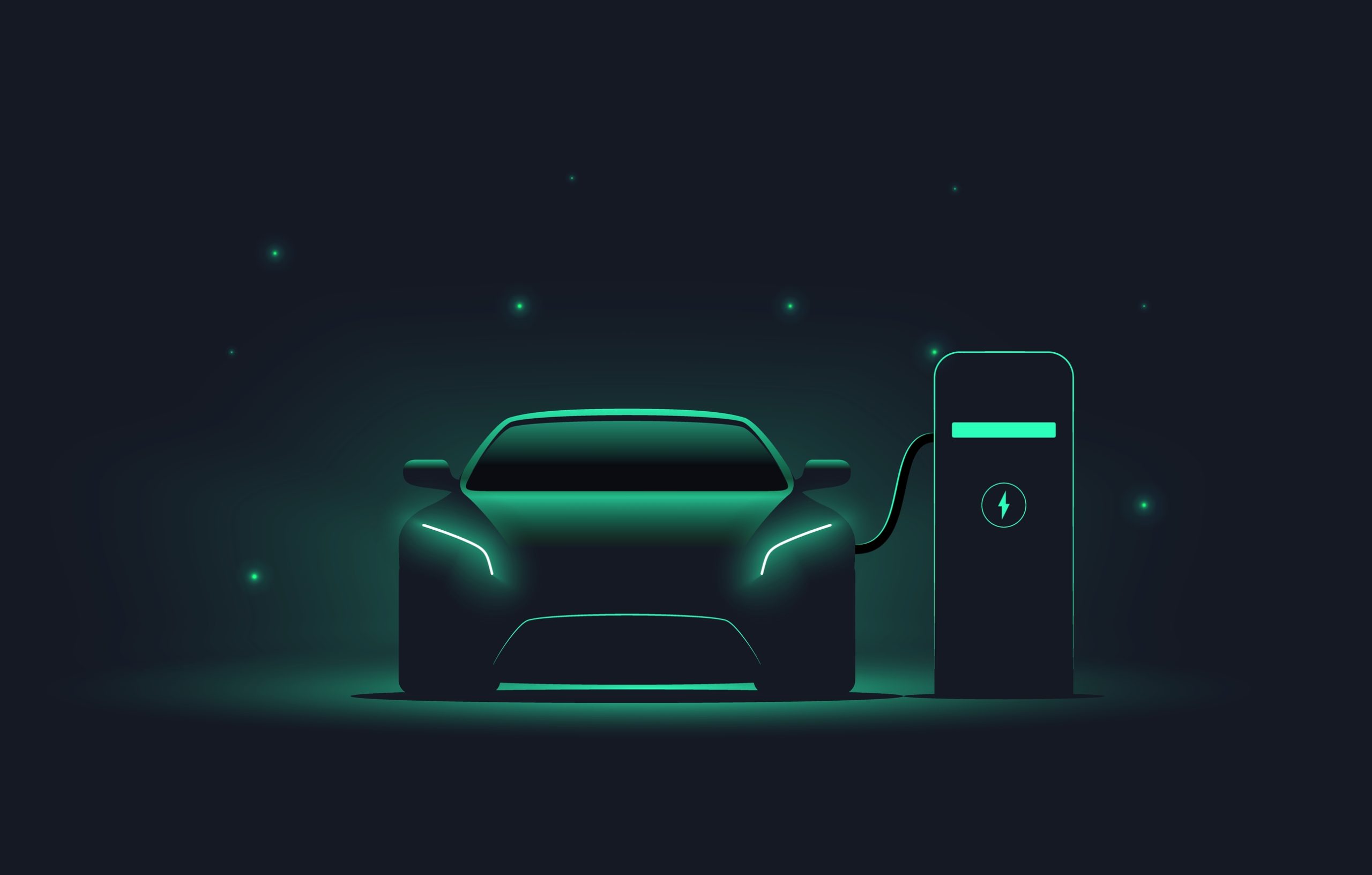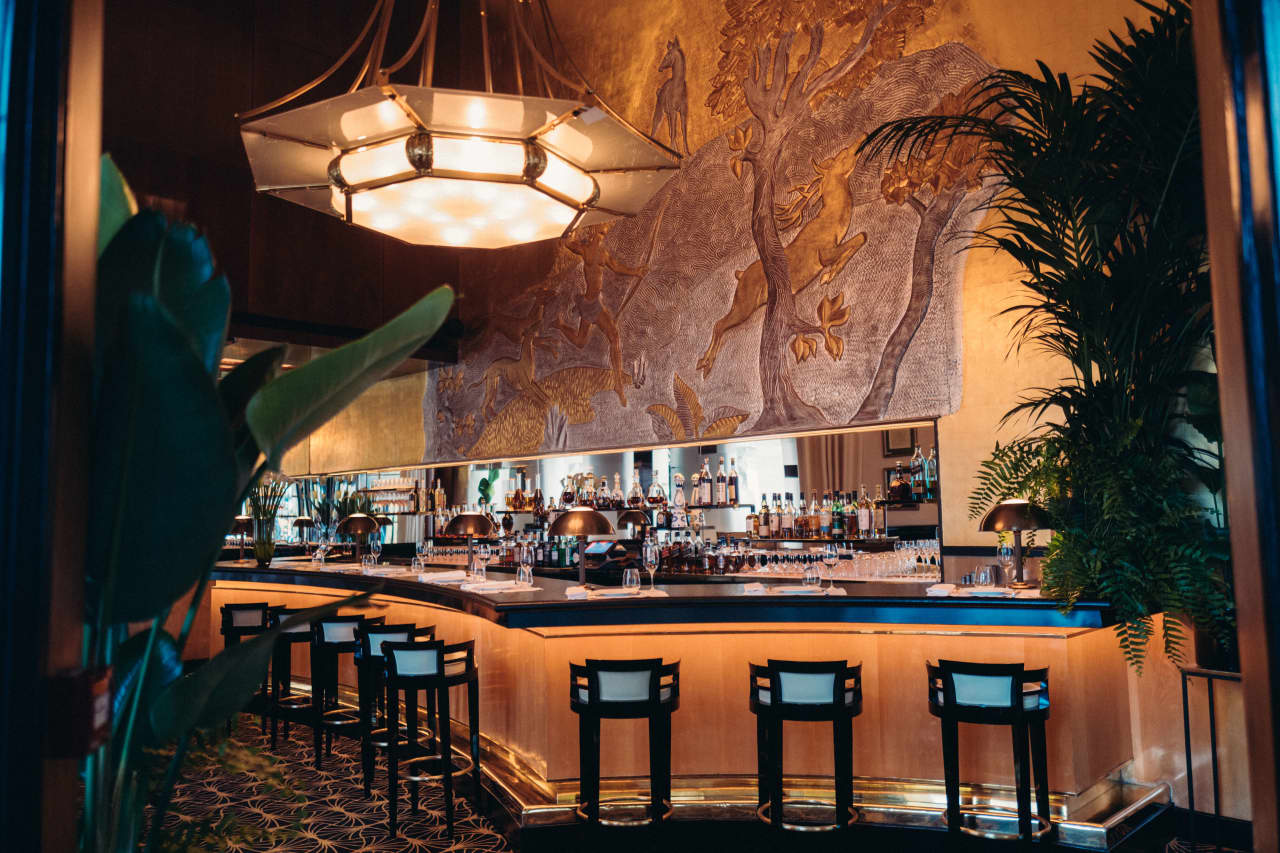Hybrid v Electric: what you need to know in 2024
With the electric vehicle revolution upon us, here’s everything you need to know about owning a battery-electric or hybrid vehicle.
You don’t have to be an automotive expert to know that the future of the automotive industry at large is going to be heavily reliant on battery-electric power – “electrification” is the new buzz word in town. But while car manufactures look to transition to this exciting new electric future, there are still a few key factors to consider when entertaining the EV conversation.
The biggest debate in the car industry right now is the hybrid v electric discussion: which to consider in 2024? Is one option better than the other? For the uninitiated, sales of hybrid cars, including hybrid and plug-in hybrid (PHEV) vehicles, remain the obvious choice for consumers in Australia, with new sale records reached in 2023. Data published by the Federal Chamber of Automotive Industries (FCAI) reported that 98,439 hybrid and 11,212 plug-in hybrid were sold in Australia in 2023, up 88.8 per cent from the previous year. Sales of fully-electric vehicles, on the other hand, also saw massive growth, with a total of 87,217 vehicles sold in 2023. Out of the three main types of ‘electrified’ vehicles in Australia—hybrid, plug-in hybrid and electric—plug-in hybrid (PHEV) vehicles were the least popular.
According to Jeff Mannering, Audi Australia CEO, it’s one of the most exciting times to be a part of the automotive industry.
“Australia is undoubtedly in the midst of a significant transition towards electric mobility. Whilst the journey to a fully electric industry is ongoing and advancing at a rapid rate, we’re lucky to be in a unique situation whereby we are seeing technological advancements in both hybrid and fully electric platforms,” explains Mannering.
“At Audi, we see this transition as a multifaceted evolution, with both hybrid and electric vehicles playing pivotal roles in shaping the future of sustainable transportation.”
In the luxury sector, Audi is making waves with its offerings, seeing the demand for its electric models hit an all-time high in 2023, delivering more than 178,000 fully electric vehicles to customers globally, with particularly strong demand for the Q4 e-tron, Audi’s compact electric SUV offering.
So, with all the buzz around electric vehicles, are consumer’s ready to take the plunge into the world of electrification? Mannering seems to think so, but a number of considerations still need to be factored in.
“Consumer readiness varies based on numerous factors, just a few of those being accessibility, infrastructure, and individual preferences. However, if sales figures and sentiment are anything to go off, we’ve seen a growing interest in, and uptake of, both hybrid and electric vehicles,” says Mannering.
“This increased demand results in the introduction of a number of new models and choice for Australian consumers, with more and more electric vehicles arriving on each incoming ship. It’s crucial to acknowledge that consumers are increasingly considering these options as viable alternatives, especially with the expanding availability of charging infrastructure and the advancement of battery technology.”
If you’re entertaining a new vehicle and want to make it electric, here’s some things you might want to know beforehand…

—
What is an electric vehicle?
An electric vehicle—or ‘EV’— is powered by electricity and uses one (or more) electric motors powered by a battery pack to accelerate and drive, as opposed to traditional fossil fuels like petrol or diesel. Depending on the type of EV, the electric motor(s) either assist a conventional internal combustion engine (ICE) or power the car completely.
What are the different types of electric vehicles?
In the grand conversation of electrified vehicles, there’s three main types to consider: battery electric vehicles (BEV), hybrid electric vehicles (HEV), and plug-in hybrid vehicles (PHEV).
Are hybrids better than electric?
It depends on your individual needs, and as Mannering mentioned, on various factors such as accessibility, infrastructure, and individual preferences. While both hybrid and electric vehicles respectively present as great alternatives to your traditional combustion engine, factors need to be assessed, including driving habits, distance and range, access to charging infrastructure, and budget constraints. However, considering that 110,000 new car sales in Australia in 2023 were hybrid or plug-in hybrid—compared to 87,000 electric vehicles—it’s obvious hybrid vehicles present as a viable solution for those seeking to steer away from traditional cars, but might not be ready to plunge fully into the electric world.
“Hybrids offer a transitional solution for those who may not yet have access to extensive charging infrastructure or require longer driving ranges,” adds Mannering.
What is the downside of a hybrid car?
As we’ve made clear by now, hybrid cars offer several advantages, such as improved fuel efficiency and reduced emissions compared to traditional petrol-powered vehicles. However, there are some trade offs, like:
- Cost: currently, hybrid models are associated with more complex systems across controls and batteries. While they incorporate both an internal combustion engine and electric motor, such complexity can often result in higher manufacturing costs (and potentially maintenance costs, too).
- Not fully electric: As most hybrid vehicles typically have a limited range of electric-only propulsion before the combustion engine kicks in, the environmental benefits of using electric power and somewhat limited, both short-term and long-term.
- Charging Infrastructure: As hybrid cars do not require charging from an external power source—unlike plug-in hybrid vehicles or fully electric vehicles—owners won’t be able to take advantage of the growing infrastructure of charging stations around the country.
Should I choose electric or hybrid car?
Again, it depends on your particular needs and circumstances. Currently, hybrid vehicles offer improved fuel efficiency without the range limitations of electric vehicles—you won’t need to rely on finding or planning for a recharge station on your next trip—but electric vehicles will, sooner or later, be the most prominent form of automotive transportation.
“On the other hand, electric vehicles represent the pinnacle of sustainable mobility and a high level of uncompromised performance, offering zero-emission driving with advanced battery technology and an ever-expanding charging network,” concludes Mannering.
Is charging an electric vehicle easy?
Easy enough! In fact, EV charging can be as easy as plugging in your phone to charge. However, you need to ensure there is a suitable charging station available. While a lot of car manufactures will offer you a charging station to install at home with your purchase, such as Tesla and Polestar, in recent years, there has been wide concern over the scarcity of electric charging infrastructure in Australia.
Typically, you will find electric charging stations at different public locations, like supermarkets, public carparks, highway service centres, and some accommodation venues. However, with the growing number of EV sales in Australia alone, the system needs stronger charging infrastructure that is robust and reliable—and readily available— and this will come down to a number of industry stakeholders and government bodies coming together to supply the demand.
This stylish family home combines a classic palette and finishes with a flexible floorplan
Just 55 minutes from Sydney, make this your creative getaway located in the majestic Hawkesbury region.
As Paris makes its final preparations for the Olympic games, its residents are busy with their own—packing their suitcases, confirming their reservations, and getting out of town.
Worried about the hordes of crowds and overall chaos the Olympics could bring, Parisians are fleeing the city in droves and inundating resort cities around the country. Hotels and holiday rentals in some of France’s most popular vacation destinations—from the French Riviera in the south to the beaches of Normandy in the north—say they are expecting massive crowds this year in advance of the Olympics. The games will run from July 26-Aug. 1.
“It’s already a major holiday season for us, and beyond that, we have the Olympics,” says Stéphane Personeni, general manager of the Lily of the Valley hotel in Saint Tropez. “People began booking early this year.”
Personeni’s hotel typically has no issues filling its rooms each summer—by May of each year, the luxury hotel typically finds itself completely booked out for the months of July and August. But this year, the 53-room hotel began filling up for summer reservations in February.
“We told our regular guests that everything—hotels, apartments, villas—are going to be hard to find this summer,” Personeni says. His neighbours around Saint Tropez say they’re similarly booked up.
As of March, the online marketplace Gens de Confiance (“Trusted People”), saw a 50% increase in reservations from Parisians seeking vacation rentals outside the capital during the Olympics.
Already, August is a popular vacation time for the French. With a minimum of five weeks of vacation mandated by law, many decide to take the entire month off, renting out villas in beachside destinations for longer periods.
But beyond the typical August travel, the Olympics are having a real impact, says Bertille Marchal, a spokesperson for Gens de Confiance.
“We’ve seen nearly three times more reservations for the dates of the Olympics than the following two weeks,” Marchal says. “The increase is definitely linked to the Olympic Games.”

Getty Images
According to the site, the most sought-out vacation destinations are Morbihan and Loire-Atlantique, a seaside region in the northwest; le Var, a coastal area within the southeast of France along the Côte d’Azur; and the island of Corsica in the Mediterranean.
Meanwhile, the Olympics haven’t necessarily been a boon to foreign tourism in the country. Many tourists who might have otherwise come to France are avoiding it this year in favour of other European capitals. In Paris, demand for stays at high-end hotels has collapsed, with bookings down 50% in July compared to last year, according to UMIH Prestige, which represents hotels charging at least €800 ($865) a night for rooms.
Earlier this year, high-end restaurants and concierges said the Olympics might even be an opportunity to score a hard-get-seat at the city’s fine dining.
In the Occitanie region in southwest France, the overall number of reservations this summer hasn’t changed much from last year, says Vincent Gare, president of the regional tourism committee there.
“But looking further at the numbers, we do see an increase in the clientele coming from the Paris region,” Gare told Le Figaro, noting that the increase in reservations has fallen directly on the dates of the Olympic games.
Michel Barré, a retiree living in Paris’s Le Marais neighbourhood, is one of those opting for the beach rather than the opening ceremony. In January, he booked a stay in Normandy for two weeks.
“Even though it’s a major European capital, Paris is still a small city—it’s a massive effort to host all of these events,” Barré says. “The Olympics are going to be a mess.”
More than anything, he just wants some calm after an event-filled summer in Paris, which just before the Olympics experienced the drama of a snap election called by Macron.
“It’s been a hectic summer here,” he says.

AFP via Getty Images
Parisians—Barré included—feel that the city, by over-catering to its tourists, is driving out many residents.
Parts of the Seine—usually one of the most popular summertime hangout spots —have been closed off for weeks as the city installs bleachers and Olympics signage. In certain neighbourhoods, residents will need to scan a QR code with police to access their own apartments. And from the Olympics to Sept. 8, Paris is nearly doubling the price of transit tickets from €2.15 to €4 per ride.
The city’s clear willingness to capitalise on its tourists has motivated some residents to do the same. In March, the number of active Airbnb listings in Paris reached an all-time high as hosts rushed to list their apartments. Listings grew 40% from the same time last year, according to the company.
With their regular clients taking off, Parisian restaurants and merchants are complaining that business is down.
“Are there any Parisians left in Paris?” Alaine Fontaine, president of the restaurant industry association, told the radio station Franceinfo on Sunday. “For the last three weeks, there haven’t been any here.”
Still, for all the talk of those leaving, there are plenty who have decided to stick around.
Jay Swanson, an American expat and YouTuber, can’t imagine leaving during the Olympics—he secured his tickets to see ping pong and volleyball last year. He’s also less concerned about the crowds and road closures than others, having just put together a series of videos explaining how to navigate Paris during the games.
“It’s been 100 years since the Games came to Paris; when else will we get a chance to host the world like this?” Swanson says. “So many Parisians are leaving and tourism is down, so not only will it be quiet but the only people left will be here for a party.”
This stylish family home combines a classic palette and finishes with a flexible floorplan
Just 55 minutes from Sydney, make this your creative getaway located in the majestic Hawkesbury region.


















